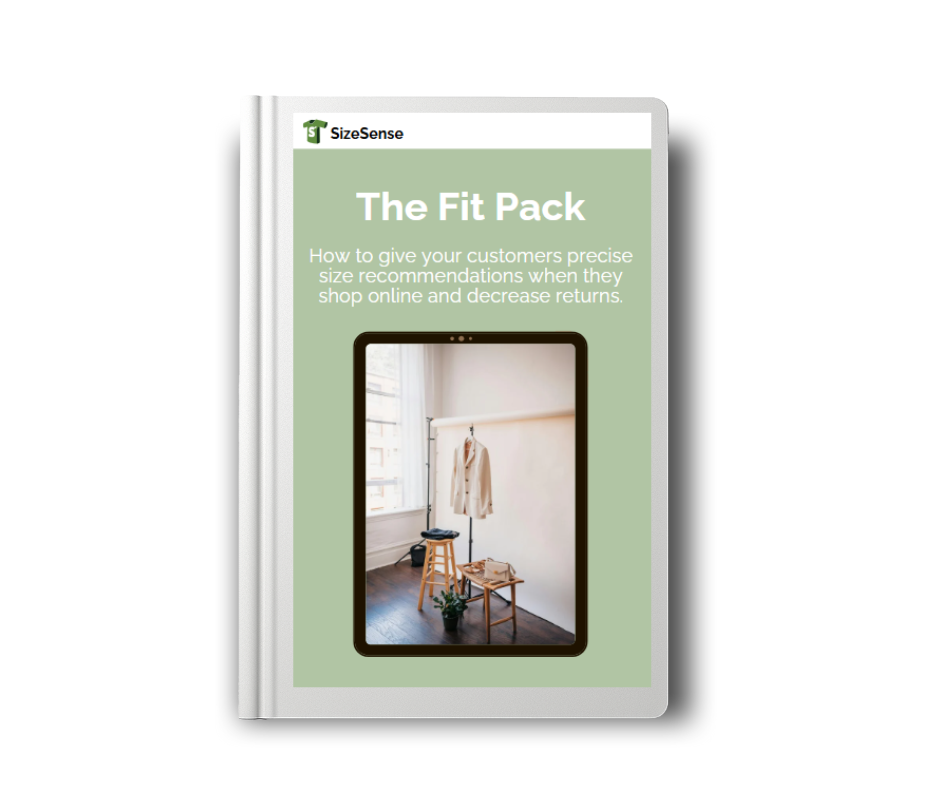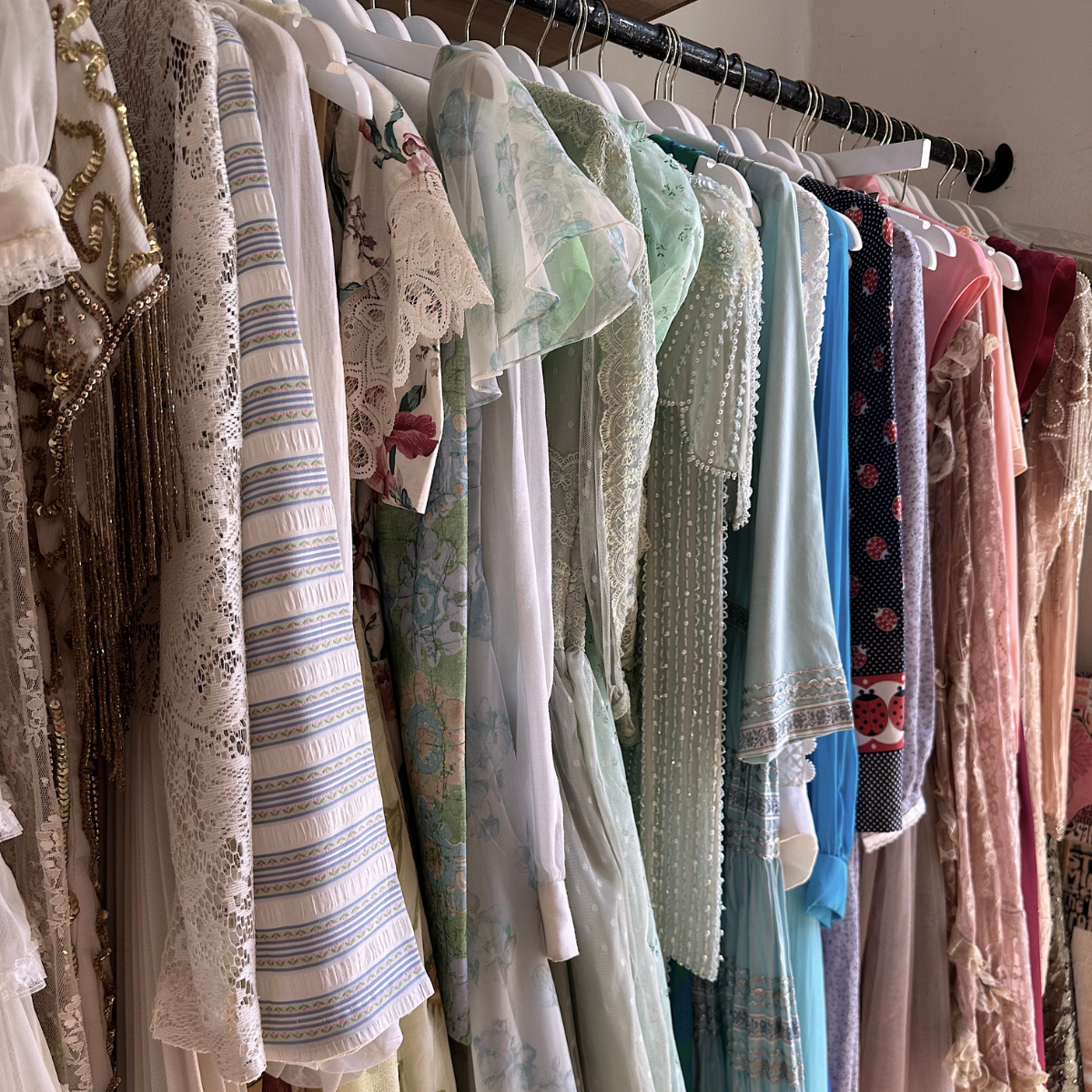Overproduction in the fashion industry isn’t just a problem of excess inventory – it’s a symptom of a deeper issue: poor sizing data and fit-related returns. While many brands are investing in sustainable materials or circular solutions, they often ignore the core driver of waste – a lack of accurate information about what their customers actually need.
Let’s break this down.
The Sizing Blind Spot
The majority of fashion brands still operate with outdated sizing models. They rely on linear grading, which assumes every body shape fits into a neat, hourglass mold – and that’s simply not reality.
🔴 Most brands don’t collect or analyze body measurement data.
🔴 They assume fit preferences are universal.
🔴 They produce sizes based on guesswork, not insight.
As a result, many garments don’t fit real people. And when clothes don’t fit, they get returned. In many cases, they aren’t resold – they’re incinerated, landfilled, or liquidated.
This directly fuels overproduction in the fashion industry.
Brands overproduce to “compensate” for uncertain fit and unpredictable returns. They stock multiple sizes in bulk, hoping the right customers will find the right fit – but most of the time, it doesn’t work. The consequence? Unsold stock, markdowns, and environmental damage.
Returns and Overproduction Are Two Sides of the Same Coin
What’s often overlooked is how fit-related returns and overproduction in the fashion industry reinforce each other:
- A high return rate due to poor fit leads to inflated forecasts.
- Those forecasts lead to mass production of poorly sized garments.
- Which leads to even more returns – and even more waste.
This cycle is especially damaging in plus-size ranges, where lack of data leads to inaccurate grading, further alienating customers and driving up return rates.
A Data-Driven Solution: SizeSense.ai
The good news? This isn’t an unsolvable problem. It’s a data problem – and data has a solution.
SizeSense.ai is a size recommendation tool built to eliminate the guesswork from sizing.
✅ It guides each customer to their best-fitting size based on their body measurements, shape, and fit preferences.
✅ It helps brands collect anonymous, aggregated sizing data to inform design and production.
✅ It closes the loop between customer needs and production decisions.
When brands understand what body shapes they’re designing for – and what fit preferences those customers actually have – they can finally make smarter choices. This drastically reduces overproduction in the fashion industry, lowers return rates, and increases customer satisfaction.
A Smarter Future for Fashion
Reducing overproduction in the fashion industry isn’t just about demand forecasting or inventory management – it starts with fit. It starts with knowing who you’re designing for, and making garments that actually meet their needs.
The future of fashion must be data-driven, fit-conscious, and customer-first.
By addressing poor fit at the source, we don’t just reduce returns – we eliminate the need to overproduce in the first place.
And that’s how we move toward a truly sustainable fashion system.
Get a FREE copy of our eBook
Boost Sales and Customer Loyalty and Decrease Returns For Your Fashion Brand!

Get a free copy of our eBook. Discover how to why size Isn’t just a number, how to reduce returns and what you need to make your brand ready to use SizeSense.ai

Leave a Reply
You must be logged in to post a comment.